Smartphone Camera Shoot-Out: iPhone X, Pixel 2 XL, Galaxy S9+
Mar 14, 2018, 3:55 PM by Eric M. Zeman
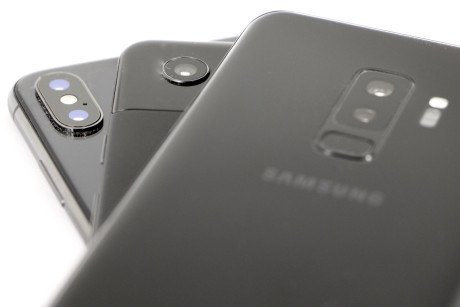
Is photography your passion? If so, and you're in the market for a new phone, the Apple iPhone X, Google Pixel 2 XL, and Samsung Galaxy S9+ should be at the top of your list. Here’s a rundown of the features offered by each and how the three devices compare in a head-to-head shoot-out.
It's hard to find a poor performer among today's crop of flagship phones. But things do go downhill with some of the cheaper phones out there. If high-quality, on-the-go photography is more important to you than phone calls and text messages, buying a top device is a must.
There's no question the iPhone X, Pixel 2, and Galaxy S9+ are the cream of the current crop of flagship smartphones. Not only do they take good pictures, they include some of the most advanced shooting modes available. Here's a head-to-head comparison of these powerful mobile cameras.
Tech Specs
A lot of work goes into making a good smartphone camera. Phone manufacturers must assemble a collection of raw parts and transform them into a cohesive unit that is then — crucially — managed by good software. Here's a look at the basics for each phone's camera.
The Apple iPhone X, Google Pixel 2 XL, and Samsung Galaxy S9+ all have 12-megapixel sensors with basics such as autofocus, high-dynamic range, optical image stabilization, and LED flashes. The iPhone and Pixel have lenses with apertures at f/1.8, while the S9+ has a variable aperture that switches between f/1.5 and f/2.4. The Apple and Samsung have secondary telephoto lenses for zooming, while the Google does not.
These individual components are all important, but so is what Apple, Google, and Samsung do with the raw information captured.
Shooting Modes
All three phones offer plenty of overlap in terms of shooting modes and features. Each includes a basic automatic mode, in addition to other staples such as panorama, auto HDR, auto flash, live/motion photos, and 4K video capture.
What sets the iPhone X apart from its competitors are its portrait modes. All three phones include some kind of "portrait" shooting, which offers sharp focus on the subject and a blurred background. But the iPhone's portrait tool goes further, packing in several automated lighting effects to change the nature of the photo. Options include natural lighting (untouched), studio lighting (warmer), contour lighting (more contrast), stage lighting (black background), and mono stage lighting (B&W with black background). These options really allow you to be creative with your portraiture. If you love photographing people, the iPhone X does this better than most.
It's nice that the second telephoto lens essentially provides a 2x optical zoom. Let's not forget Animoji. If you think using your own face to animate cartoonish emoji is a good time, the iPhone X uses its front-facing cameras and face-tracking software to deliver entertaining results.
Conspicuously missing from the iPhone X is a "pro" mode for manual control over individual settings, such as shutter speed or ISO.
Google's Pixel 2 XL is no slouch with its standard portrait mode. Google's software engineers really know what they are doing and Google is able to work magic with its algorithms. The Pixel's portrait mode is limited to simple shots and doesn't boast any fancy alternate portrait modes.
One feature the Pixel 2 XL has that the others dont: photo sphere. If you're patient, you can use the Pixel 2 XL to capture a 360-degree bubble. The resulting image is similar to what you'd get from a stand-alone 360-degree camera. Unfortunately, this mode is difficult to use and takes practice.
AR stickers are another addition that make the Pixel 2 XL fun. Available in packs, AR stickers are animated objects that you can place within your photos or videos. The Pixel 2 launched with a cool tie-in with the recent Star Wars movie, allowing people to put stormtroopers or droids in their images and/or videos.
AR Stickers

With no dedicated telephoto lens, the Pixel 2 XL relies on digital cropping to create zoomed shots, meaning there's theoretically less data for fine detail. One major omission on the Pixel 2 XL: there is no hyperlapse/timelapse mode. The Pixel 2 XL also doesn't include a "pro" mode for manual control.
Samsung's Galaxy S9+ covers nearly all possible bases with respect to shooting modes. In addition to live focus for portraiture, and hyperlapse, it includes a mode for shooting food for those classy restaurant Instagram shots.
The S9+ also touts one of the most exciting features available to any of these phones: super slow-mo. Thanks to the RAM that's embedded in the camera sensor, the S9+ can capture slow motion video at 960 frames per second. That's four times slower (better) than the slow-mo on the iPhone and Pixel. This allows you to capture epic slow-mo videos with the S9+ that really freeze the action. There are some limits. You can only capture 0.2 seconds at a time, which is then replayed over a period of 6 seconds. It's a neat tool, but often frustrating to use correctly.
The S9+ has a particularly powerful "pro" mode that really lets you flex your creative muscles.
Similar to the iPhone X, the S9+ includes AR Emoji, which let you create animated likenesses of yourself and turn them into shareable GIFs. The tool is extensive and far more flexible than the iPhone's Animoji, although it's not as easy to use.
AR Emoji
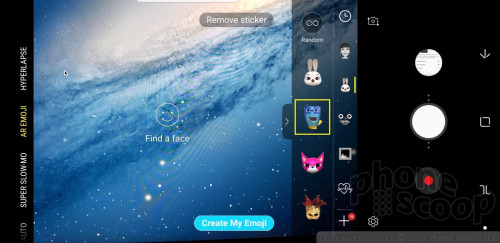
In assessing these modes, I'd call the iPhone X and Pixel 2 XL on par with respect to features and usability. Each lacks truly advanced functionality, but the trade-off — dead-simple operation of the camera — likely benefits more people on a day-to-day basis.
On the flip side, the Galaxy S9+ offers an incredible array of shooting modes, features, and functions that are more difficult to use successfully. In other words, it takes more work to use the S9+ when compared to the iPhone X or Pixel 2 XL.
Results
What does all this mean in the real world? Some interesting things, to be sure. I captured a number of photos using each phone's "auto" settings and discovered curious differences. Where the Pixel 2 and S9+ often produced equivalent exposures, contrast, and color, the iPhone X consistently boosted color in results. This means pictures often look warmer, but are less accurate to real life. All three shoot auto pictures quickly and delivered sharp focus across the board.
Shooting in low-light left the iPhone X in the dark. The Pixel 2 and S9+ were far superior at providing good exposure in low-light situations. The Pixel included the most detail of the three cameras with the least amount of grain or noise. The S9+ was a close second, though when the camera jumped to f/1.5 there was sometimes less detail in the results. The iPhone X consistently produced darker images with less detail.
Your mileage will vary when it comes to the portrait modes. All three cameras can successfully fire off pictures that produce sharp focus on the subject with a blurred background, but the results are inconsistent at best. Sometimes you'll see a portion of your subject's head is blurred along with the background, or part of the background is in sharp focus along with the subject. This is an instance where technique does matter a bit. It is always best to be sure you're 4-6 feet away from your subject with a background that is reasonably far off. If you are too close to your subject, or the subject is too close to the background, you may not get the result you want or expect.
It's hard to call a clear winner among portrait modes, and they vary between front and rear cameras. You can see in the selfie portraits below that the Pixel 2 and S9+ did a better job blurring the background. The additional portrait shooting modes do give the iPhone X a bit of an advantage in the creativity department. I do like the results available from the iPhone's main camera quite a bit.
The S9+ beats the pants off the iPhone and Pixel when it comes to slow-motion. Its ability to shoot four times as many frames per second delivers crisp, smooth action that is sometimes awe-inspiring. I captured a pigeon flying past and the clarity of the video is flat-out amazing. I do wish the slow-mo tool were easier to use, and that it wasn't limited to capturing such a small amount of footage at a time. This said, the Pixel and iPhone do offer solid performance at 240 frames per second, the results simply aren't as jaw-dropping.
I appreciate that the iPhone X and S9+ offer hyperlapse modes, which are a lot of fun. The results from both are generally on par. The Pixel 2 XL doesn't include hyperlapse.
I was impressed with zoom on all three phones. I captured a range of images using the 2x telephoto lens on the iPhone X and S9+, and used the Pixel 2 XL's digital zoom tool to approximate the same level of zoom. All three phones offered up solid detail and sharp images in daylight conditions. When using zoom, the iPhone trailed the Pixel and Galaxy in terms of exposure quality, meaning the shots were a bit dark. Otherwise, the three are more or less on par.
Conclusions
All three phones deliver outstanding results on average, and generally outperform competing models from other phone makers. That said, I think the Pixel 2 XL is the winner here, but only by the slightest margin. The S9+ comes in second. These two clearly offer better exposure and color than the iPhone X across a variety of shooting conditions.
The Pixel 2 XL wins because it maintains detail in low-light shooting that the S9+ sometimes lacks, and because the camera app itself is much easier to use. The iPhone X is still a great camera, but it trails the Pixel 2 XL and S9+ mostly due to the tone of images, which I found to be consistently less accurate. The iPhone X also managed to underexpose a lot of photos that the Pixel 2 XL and S9+ got right.
How can you choose between these phones? There are myriad other factors that go into selecting the best phone for you (read our full reviews of the iPhone X, Pixel 2 XL, and Galaxy S9+ for all the dirt), but if you're choosing on camera alone, go with the Pixel 2 XL.
Comments
I agree












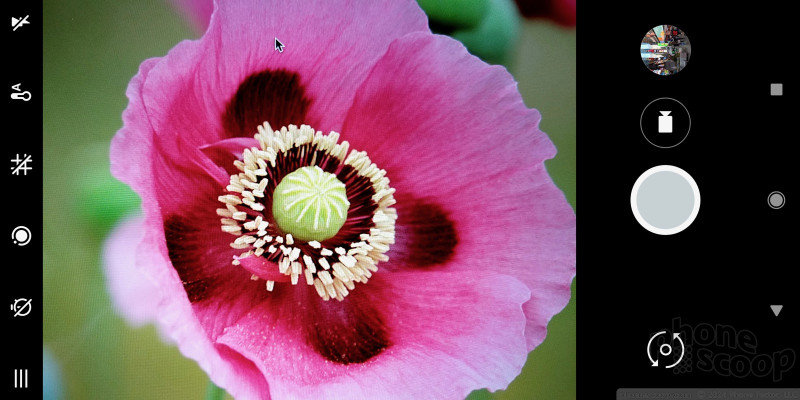





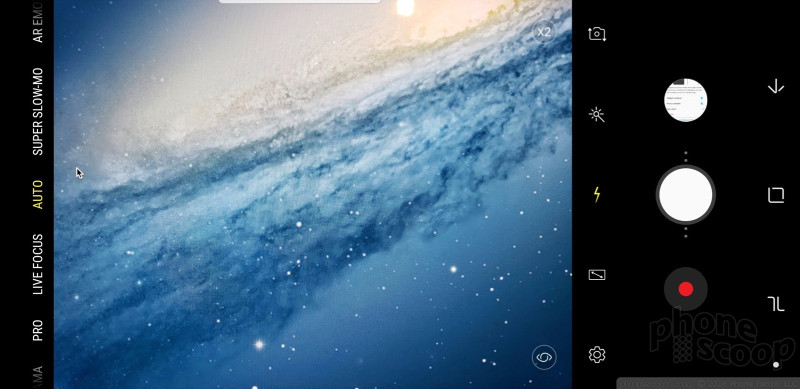














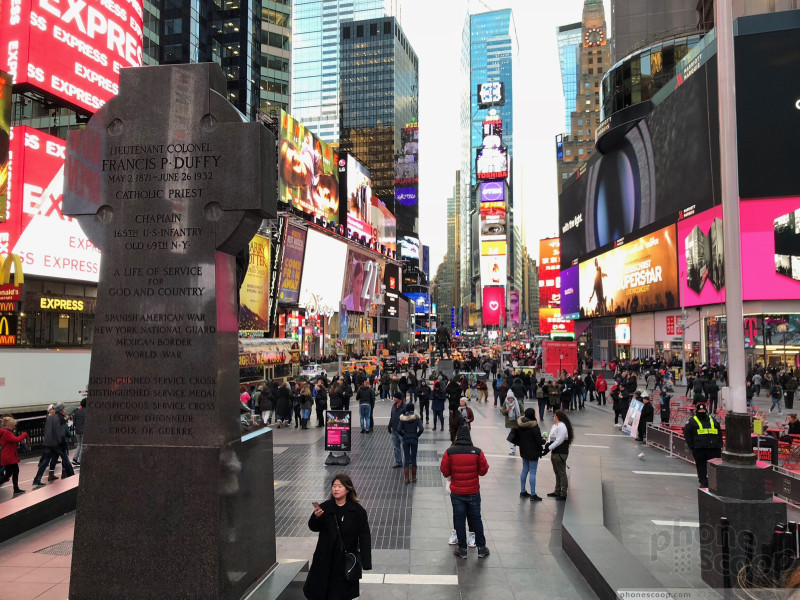















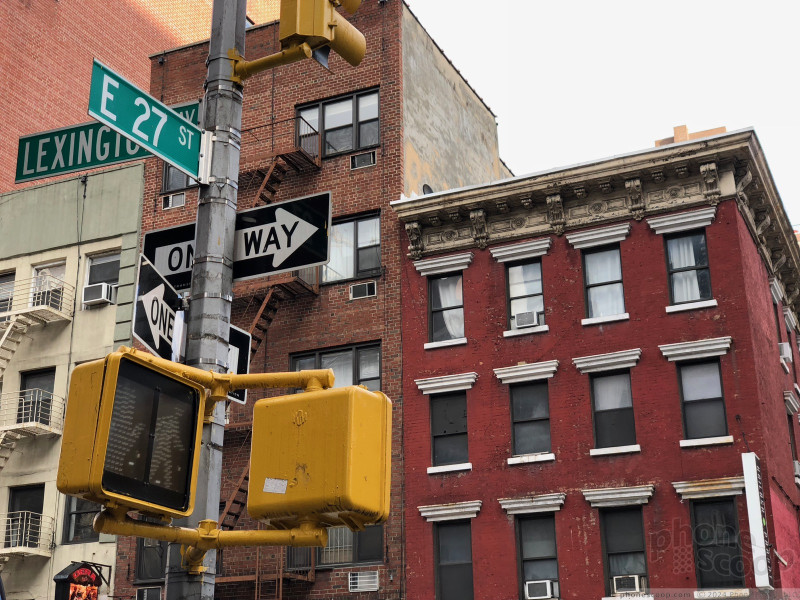







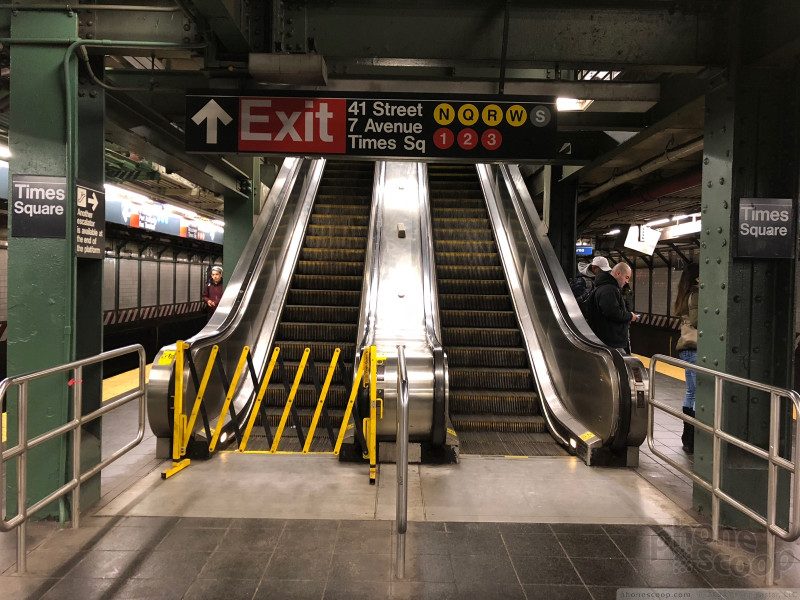



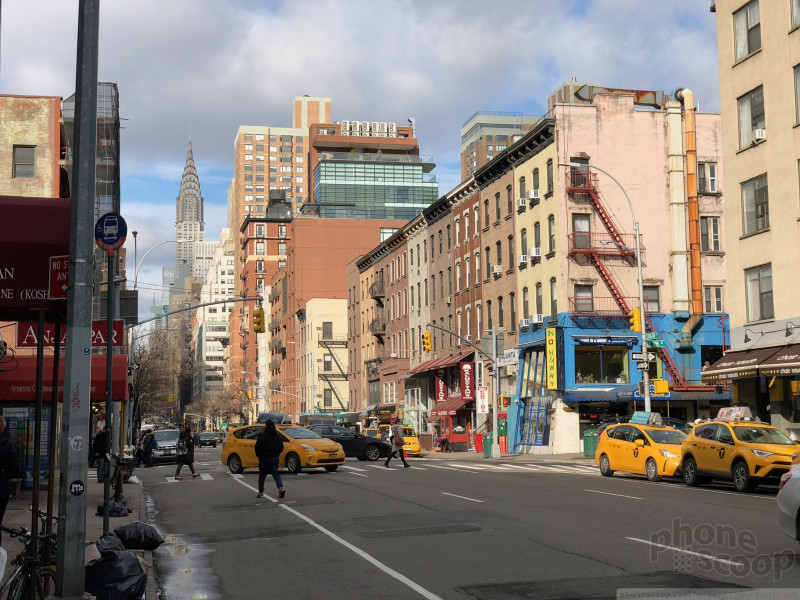



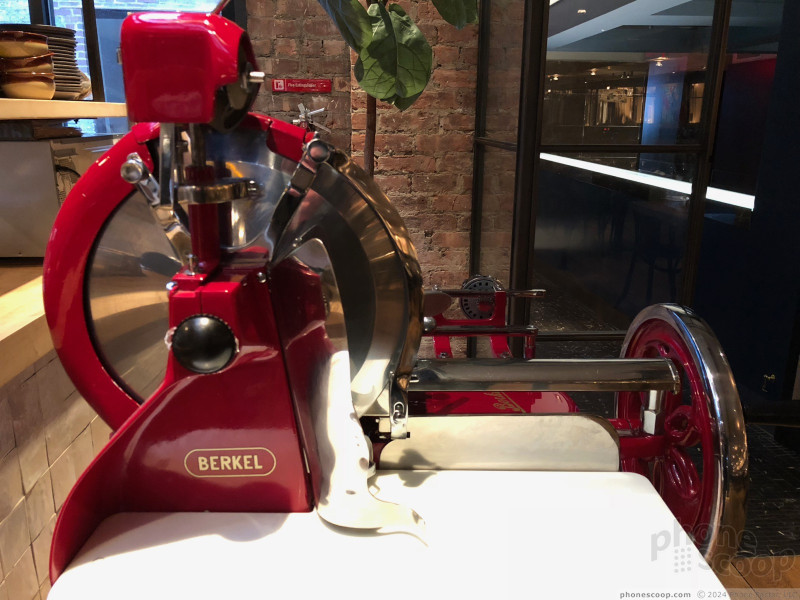







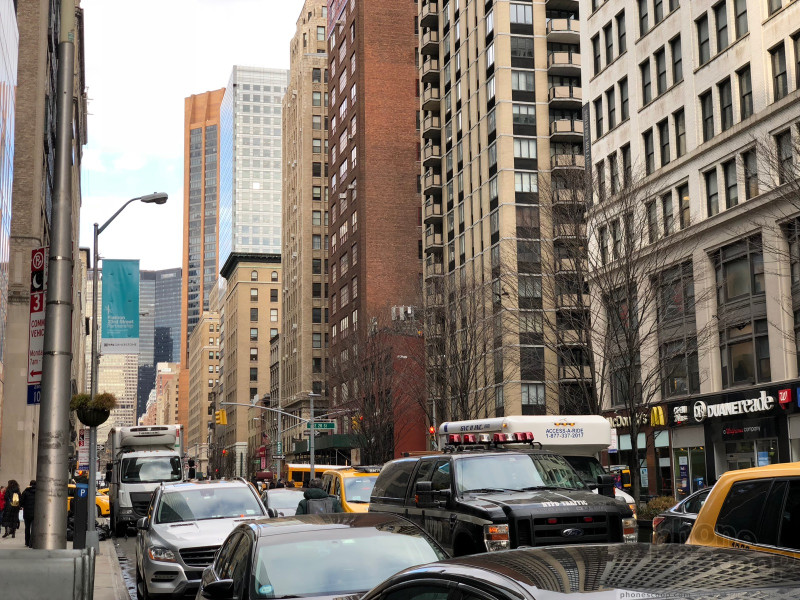























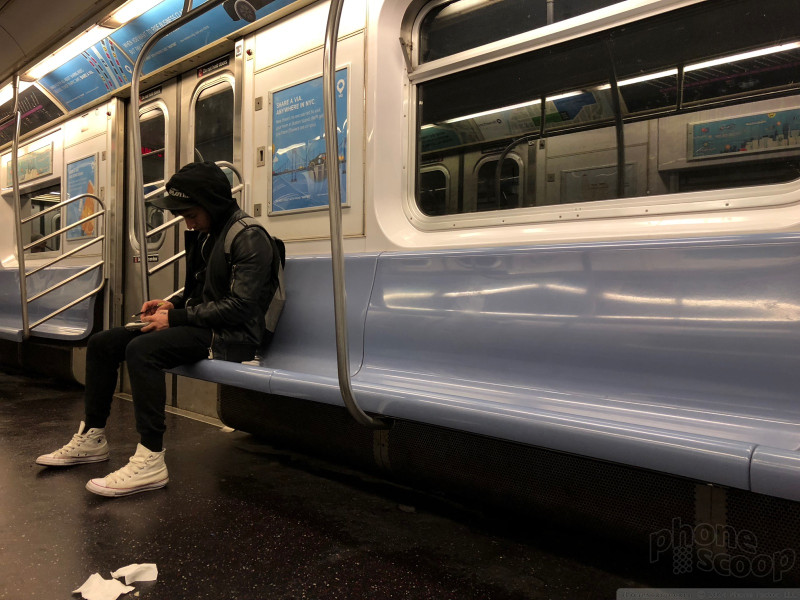







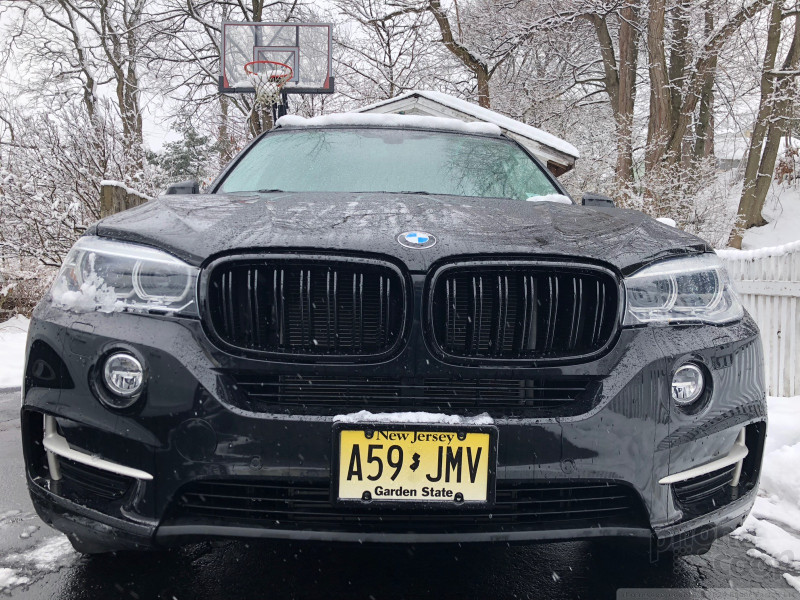







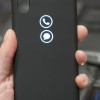 Iconcase Adds Notification Lights to Your iPhone
Iconcase Adds Notification Lights to Your iPhone
 Review: Invisible Shield Glass Curve Elite for Samsung Galaxy S9+
Review: Invisible Shield Glass Curve Elite for Samsung Galaxy S9+
 Hands On with Android P
Hands On with Android P
 Review: Tech21 Evo Tactical Case for the Samsung Galaxy S9+
Review: Tech21 Evo Tactical Case for the Samsung Galaxy S9+
 Review: Alcantara Case for Samsung Galaxy S9+
Review: Alcantara Case for Samsung Galaxy S9+
 Apple iPhone X
Apple iPhone X
 Google Pixel 2 XL
Google Pixel 2 XL
 Samsung Galaxy S9+
Samsung Galaxy S9+




